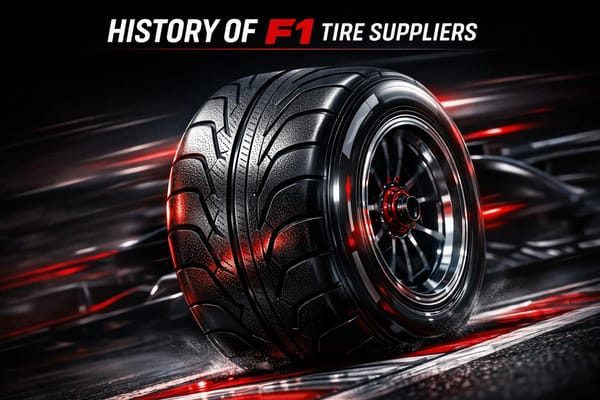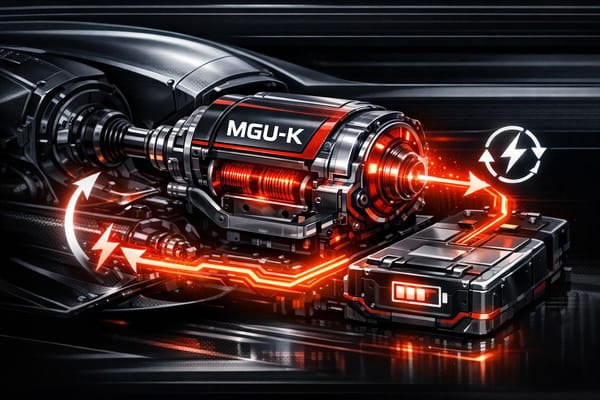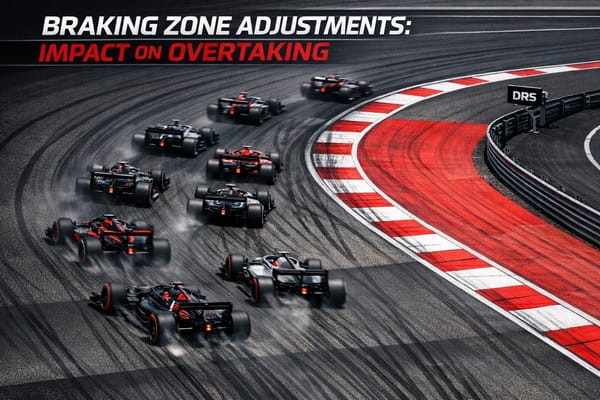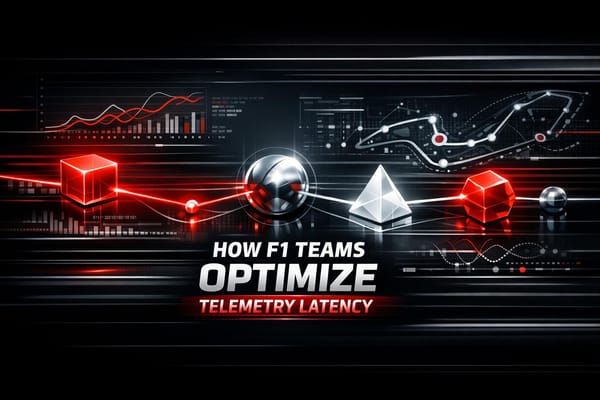Carlos Sainz Jr.: The Spanish Driver’s Fresh Start with Williams
Carlos Sainz Jr.'s move to Williams Racing signifies a pivotal moment as he aims to lead the team's resurgence in Formula 1 amidst high expectations.
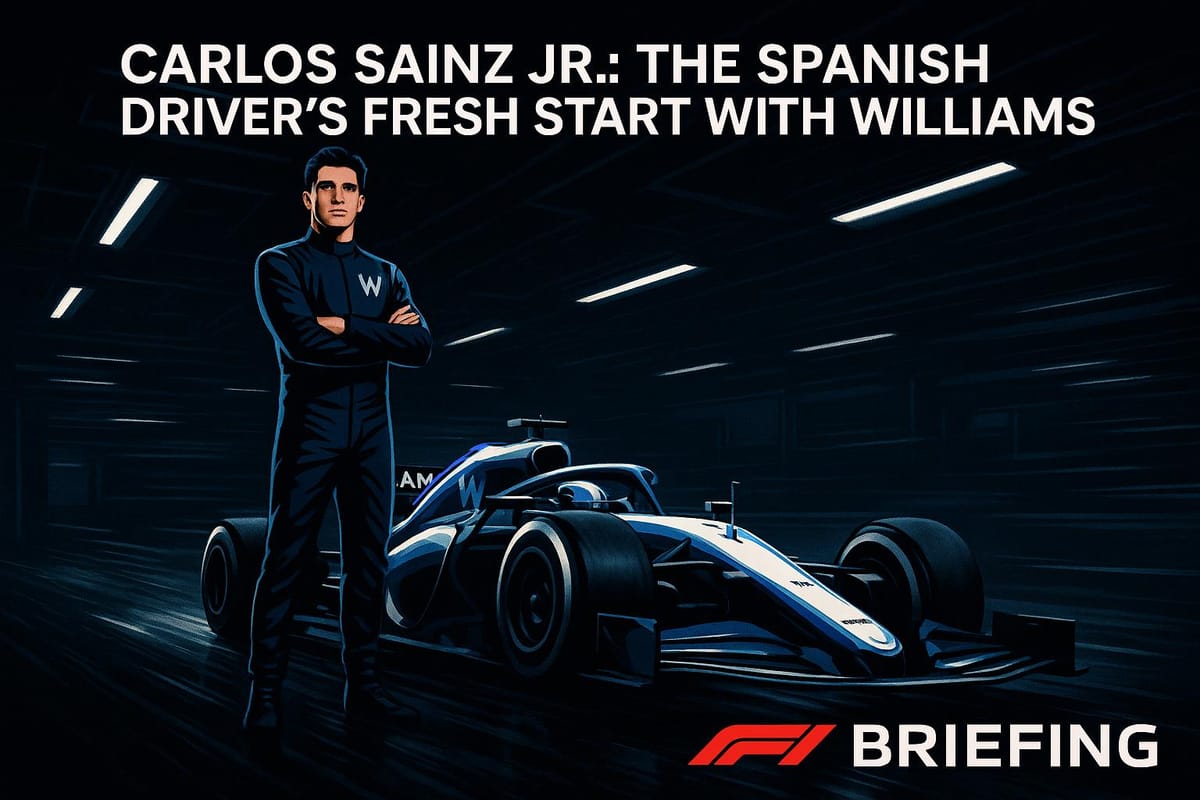
Carlos Sainz Jr.'s move to Williams Racing in 2025 marks a key moment for both the driver and the team. Known for his race-winning experience and technical expertise, Sainz joins Williams during their rebuilding phase, aiming to boost their competitiveness in Formula 1. This partnership brings high expectations, as Sainz is tasked with delivering results while helping Williams refine their car development and race strategies.
Key takeaways:
- Sainz brings years of F1 experience, including multiple race wins and podiums.
- His technical feedback and tire management skills are expected to aid Williams’ car development.
- Williams hopes to leverage Sainz’s global fan appeal to attract sponsors and increase their market presence.
- The team must balance immediate performance goals with long-term growth.
For Sainz, this move offers a leadership role and a chance to shape Williams’ resurgence, though it comes with the challenge of competing in a mid-field car. Both sides aim to build momentum for future success, making this collaboration a crucial chapter in their respective journeys.
1. Carlos Sainz Jr. with Williams (2025)
Career Performance
Carlos Sainz Jr. brings an impressive track record, marked by multiple race wins and a consistent ability to rack up points. During his time with McLaren and Ferrari, he delivered standout performances, showing a knack for strategic tire and track management - qualities that Williams is eager to tap into.
But Sainz’s value goes beyond his on-track achievements. His methodical and disciplined approach has the potential to reshape the way Williams operates, both in the garage and beyond.
Team Impact
Sainz’s arrival signals a shift in Williams’ culture. Known for his professionalism and meticulous preparation, he brings a level of competitiveness that can set a new standard for the team. His years of experience and well-honed routines are expected to elevate the team’s performance both on and off the track.
Williams team principal James Vowles has highlighted Sainz’s expertise in car development as a key asset. Sainz’s ability to translate simulator data into tangible on-track results could prove invaluable as Williams continues its push to climb the grid.
On the commercial side, Sainz’s strong media presence and marketability are a major plus. With a loyal following in Spain and Latin America, he offers Williams a chance to strengthen its global appeal. His professional reputation and broad fan base could attract new sponsors while solidifying relationships with existing partners.
Technical Contributions
Sainz’s technical feedback is another area where Williams stands to benefit significantly. His precise input on car handling and aerodynamics, honed during his time at Ferrari, will play a critical role in shaping Williams’ car development efforts.
Having worked with a variety of aerodynamic setups - from low-drag configurations to high-downforce designs - Sainz brings a wealth of knowledge that could help Williams identify the most effective paths for improvement. This broader perspective on car development could be a game-changer as the team looks to refine its performance.
Additionally, Sainz’s exceptional tire management skills, showcased by his ability to extend stints without sacrificing pace, add a valuable layer to Williams’ race strategy. In an era where cost caps demand efficiency, his ability to maximize performance with limited resources is a crucial advantage.
Long-Term Potential
The partnership between Sainz and Williams is about more than immediate results. At this stage in his career, Sainz is in his prime, and his experience aligns perfectly with Williams’ recent upgrades and long-term vision for growth.
This collaboration offers a chance for mutual development. Sainz can bring leadership and seasoned guidance to the team, while Williams’ renewed focus and upgraded infrastructure could provide the platform for him to reach new heights. Together, they seem well-positioned to build a foundation for sustained success.
Carlos Sainz Exclusive: Behind My Williams Move, Red Bull Rumours & Turmoil Behind the Scenes
2. Previous Williams Drivers (e.g., Alex Albon, George Russell)
Looking back at drivers like George Russell and Alex Albon offers a glimpse into the shifting dynamics within the Williams team.
Career Performance
During his time with Williams from 2019 to 2021, George Russell consistently delivered results that exceeded the car's capabilities, showcasing his potential for a future at a top-tier team. Alex Albon, after his experience with Red Bull, brought a wealth of technical knowledge when he joined Williams in 2022, helping to push the team forward step by step.
Team Impact
Russell's methodical approach and strong communication skills were instrumental in refining the team's development processes. He also played a key role in maintaining sponsor relationships during tough times. Albon, on the other hand, used his prior experience to boost the team’s competitiveness, underscoring Williams' focus on assembling a stronger overall package.
Technical Contributions
Russell’s in-depth feedback on car handling and his extensive simulator work were crucial during his tenure. Albon added value with his knowledge of various aerodynamic setups, broadening the team’s technical perspective. Together, their input helped shape Williams’ development strategy, laying the groundwork for the specialized contributions Carlos Sainz would later bring.
Long-Term Potential
The efforts of Russell and Albon continue to influence Williams' development philosophy today. Their contributions have established a solid foundation that positions the team to benefit from Sainz's arrival. As Williams welcomes Sainz, they are building on these past lessons to usher in a new chapter for the team.
Pros and Cons
Carlos Sainz Jr.'s move to Williams brings a mix of opportunities and challenges. On one hand, his experience promises valuable technical insights and boosts the team’s commercial appeal. On the other, his arrival raises the bar for delivering quick results, creating a tricky balance between immediate performance and long-term growth.
Sainz's presence signals a shift in Williams' strategy, but his high-profile reputation comes with heightened expectations. To better understand this shift, let’s compare Sainz’s role with that of recent Williams drivers like George Russell and Alex Albon:
| Aspect | Carlos Sainz Jr. (2025) | Previous Drivers (e.g., Russell, Albon) |
|---|---|---|
| Immediate Impact vs. Gradual Development | Expected to deliver quick performance improvements | Focused on steady, long-term progress |
| Commercial Profile | Global fan base and high-profile status | Modest presence during team rebuilding efforts |
| Strategic Pressure | Must justify investment with fast results | Given more time to develop and grow |
| Team Expectations | Scrutinized for championship-level progress | Centered on building a solid foundation for the future |
This comparison highlights the unique challenges Williams faces with Sainz. The team must capitalize on his expertise without losing sight of the long-term vision, all while navigating the pressure for immediate success.
Conclusion
Carlos Sainz Jr.'s decision to join Williams marks a bold move for both the driver and the team, signaling a potential turning point in their Formula One journey. For Williams, bringing in a driver with Sainz's caliber and experience reflects a clear intent to accelerate their rebuilding efforts. For Sainz, it’s an opportunity to step into a leadership role, albeit with the weight of heightened expectations from fans, sponsors, and the media.
Unlike past phases of development, Sainz's arrival comes with immediate pressure to deliver results. While his presence is expected to elevate the team’s profile, it also invites closer scrutiny. The challenge will be balancing short-term performance goals with the team’s long-term vision, ensuring progress without sacrificing future potential.
For Sainz, this move is a calculated gamble. Leaving a top-tier team for a rebuilding squad may seem unconventional, but the opportunity to lead Williams' resurgence could offer rewards far greater than a supporting role elsewhere. His track record of thriving under tough conditions positions him as a strong candidate to drive meaningful change.
The road ahead hinges on two critical factors: Williams’ ability to develop a more competitive car and Sainz’s ability to stay motivated while competing for points rather than podiums. The team’s ongoing investments in infrastructure and innovation, combined with Sainz’s proven ability to adapt, lay the groundwork for steady progress.
Ultimately, this partnership reflects Williams’ renewed ambition and Sainz’s desire to prove himself as a team leader. Success won’t just be defined by immediate results but by the momentum they build for the future. Whether this collaboration sparks Williams’ climb back to competitiveness or sets the stage for Sainz’s next career chapter, it’s a storyline worth following closely. Sainz’s fresh start with Williams mirrors the team’s broader quest to reclaim its place in Formula One.
FAQs
How can Carlos Sainz Jr. contribute to Williams Racing's car development and race strategies?
Carlos Sainz Jr. brings a deep understanding of racing dynamics and a sharp technical edge to Williams Racing, which could play a key role in boosting the team’s overall performance. Known for his ability to dive into data and deliver precise feedback to engineers, Sainz is well-positioned to help fine-tune car setups, enhance aerodynamics, and improve tire management - all crucial factors for adapting to the unique challenges of each track.
On top of that, Sainz’s expertise in developing race strategies - from making the most of tire performance to optimizing fuel consumption - can help Williams craft smarter, more adaptable game plans for race day. His knack for collaboration combined with his technical skills makes him an invaluable addition to the team’s journey toward greater competitiveness.
How could Carlos Sainz Jr.'s popularity impact Williams Racing's sponsorship opportunities and global presence?
Carlos Sainz Jr.'s immense popularity presents Williams Racing with an excellent chance to attract top-tier sponsors and broaden its reach in the global market. With millions of loyal fans across the globe, Sainz's star power provides a direct connection to international brands looking to tap into his strong presence, especially in Europe and North America - regions where Formula 1 enjoys massive engagement.
This heightened attention doesn’t just amplify Williams' brand recognition; it also aligns perfectly with Formula 1’s core values of speed, innovation, and precision. By capitalizing on Sainz’s influence, Williams can solidify its presence in critical markets, secure major sponsorship deals, and elevate its standing in the highly competitive world of Formula 1.
What challenges might Carlos Sainz Jr. face as he transitions from a leading team to a mid-field team like Williams?
Carlos Sainz Jr.'s transition from a top-tier team to Williams is set to bring its fair share of challenges. One of the key adjustments will be getting comfortable with the Mercedes power unit, which operates differently from the Ferrari engine he's used to. This shift will likely require changes to his driving approach and the way he provides technical feedback to the team.
On top of that, moving to a mid-field team means Sainz will be working with a less competitive car. This change could significantly impact race strategies and reset performance expectations, demanding a more tactical approach to each race weekend.
Another hurdle will be integrating into a new team dynamic while playing a pivotal role in helping Williams climb the standings. Sainz will need to strike a delicate balance between patience and leadership, focusing on extracting the most from the car and contributing to the team's broader goals for long-term progress.

